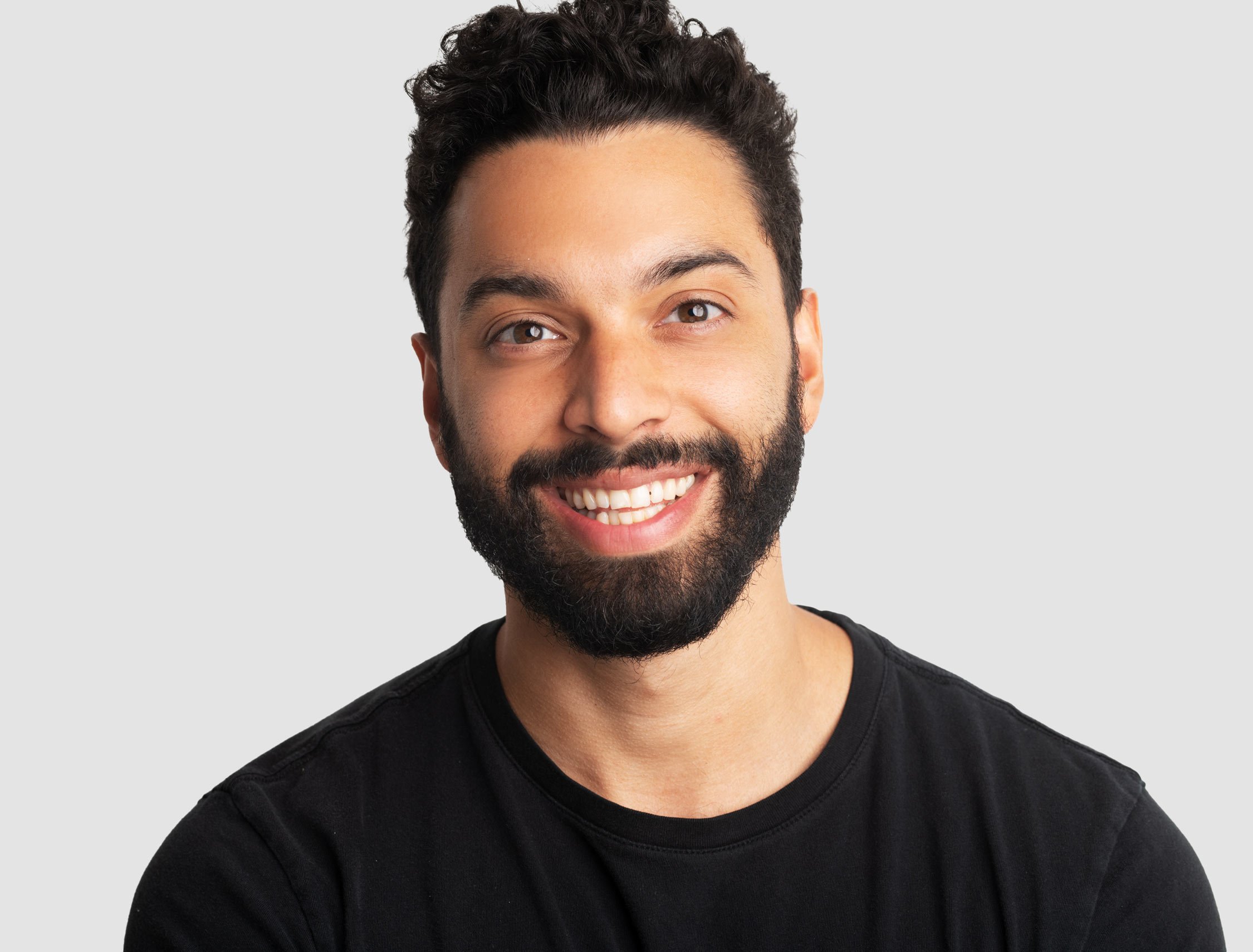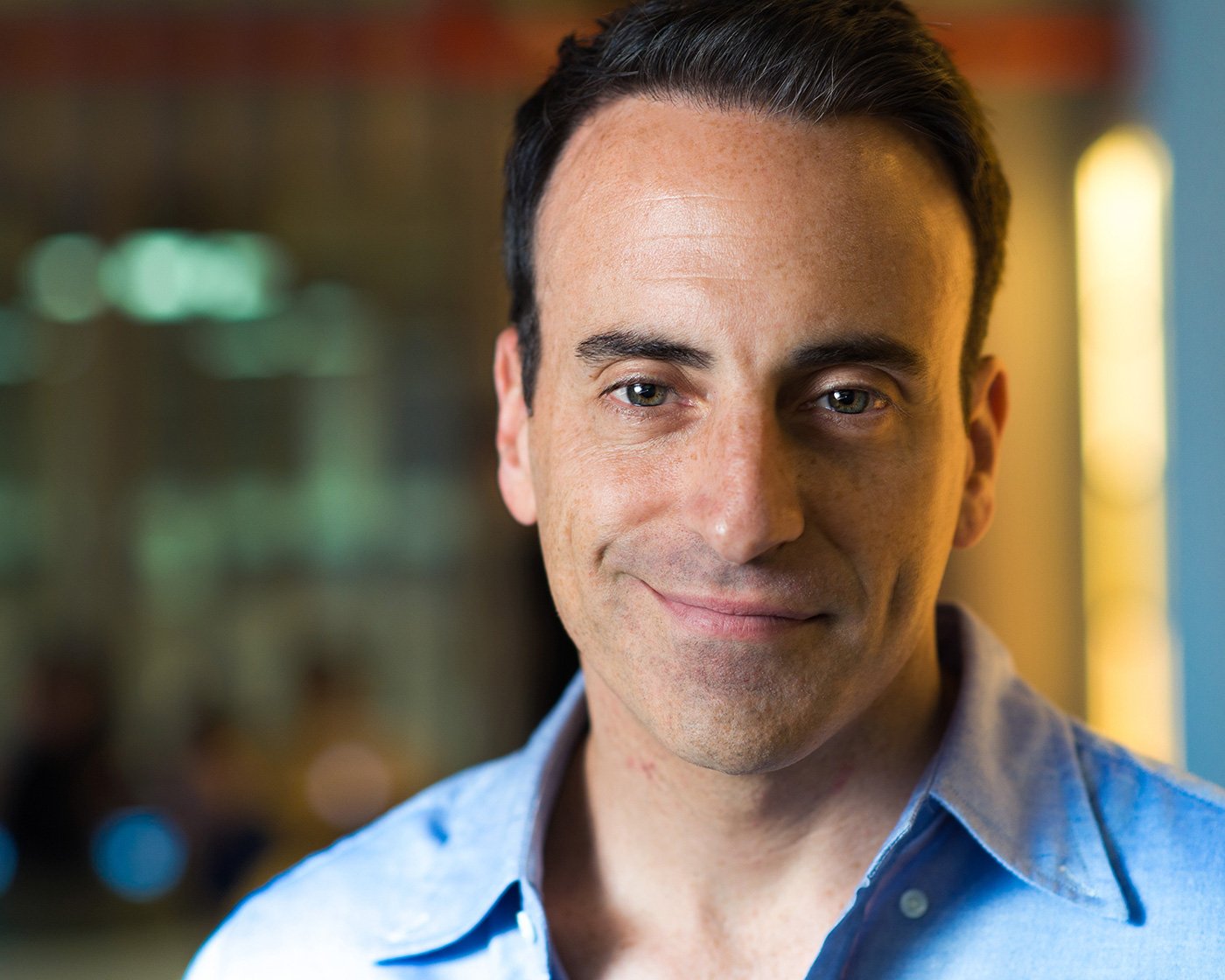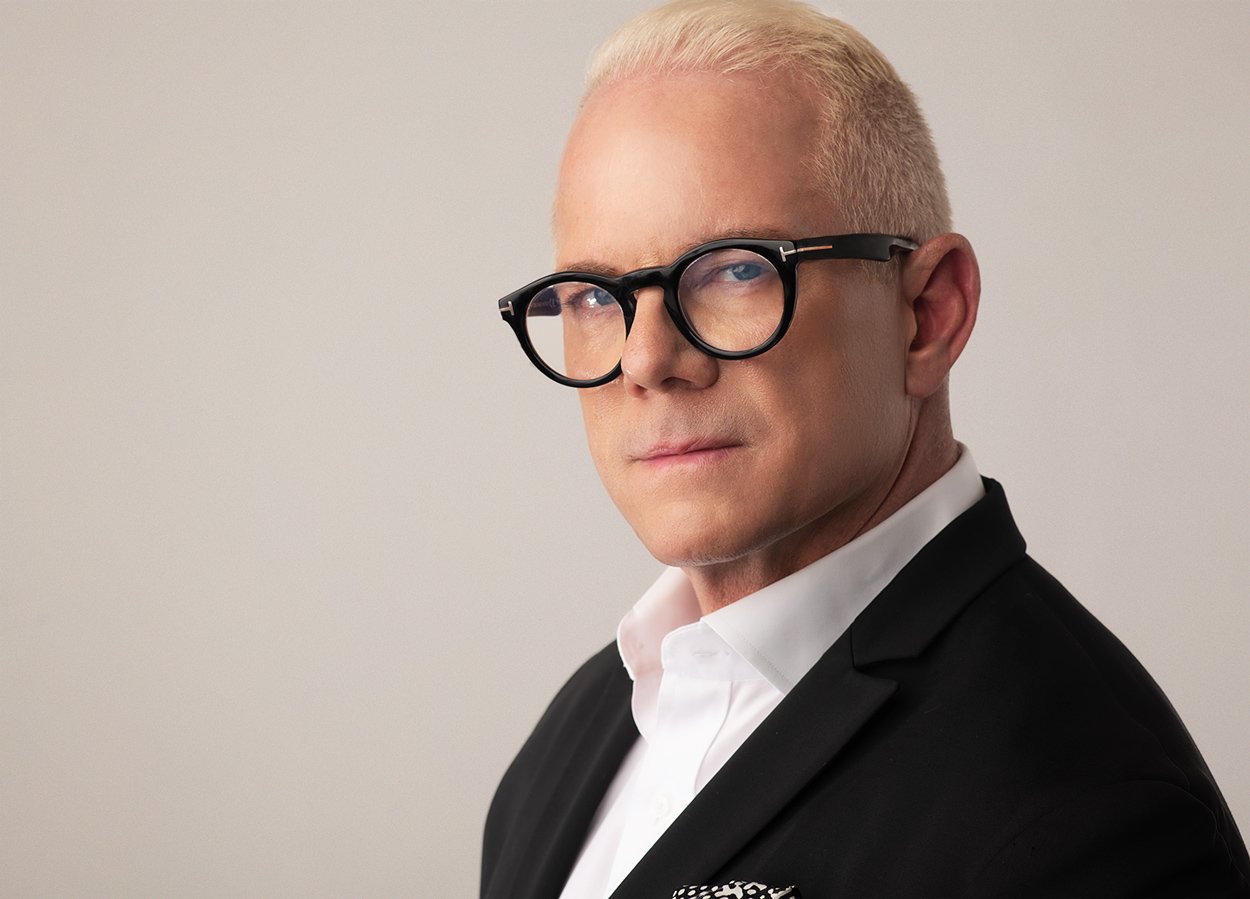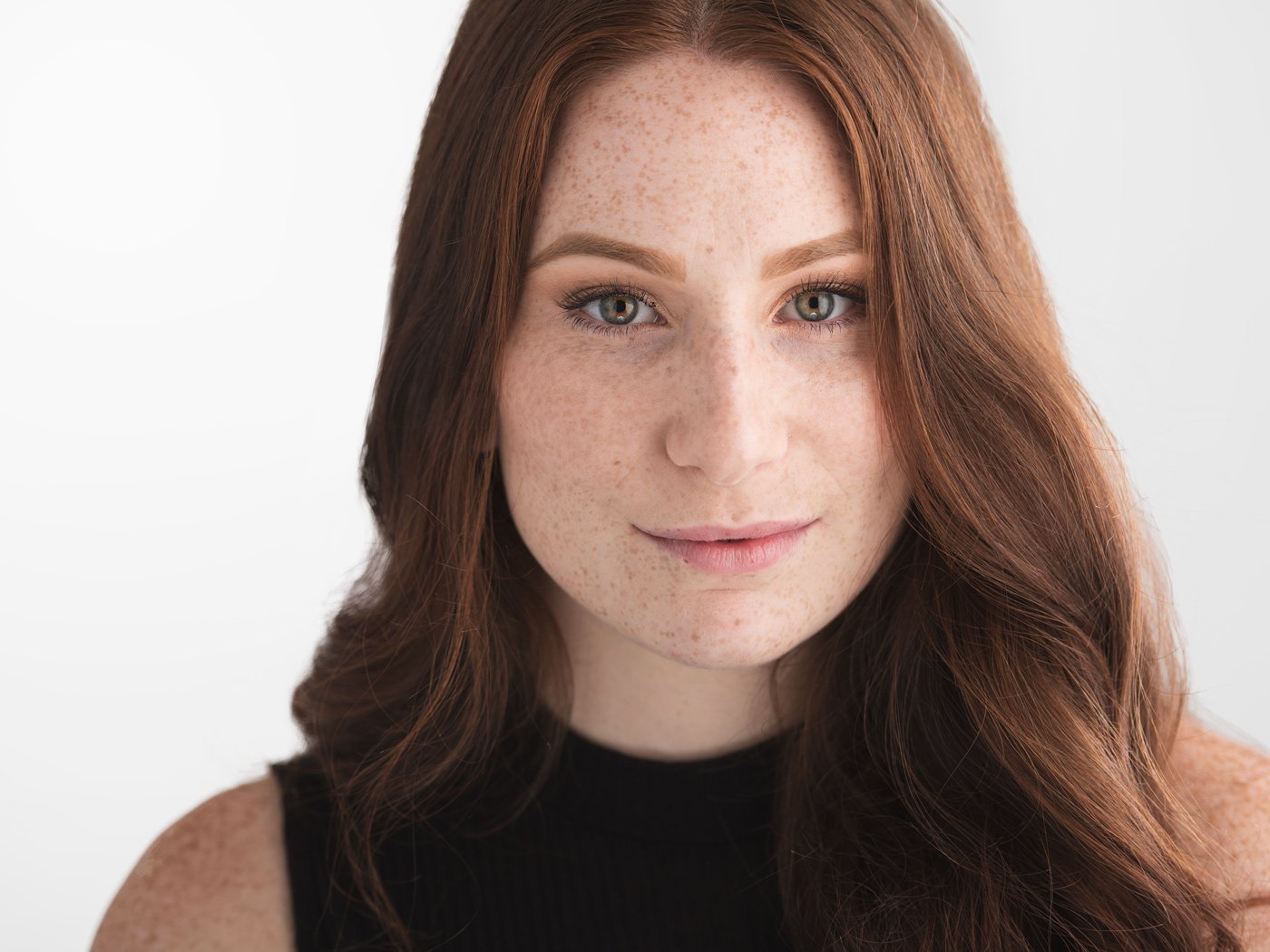5 Things Every Headshot Photographer Should Know / Do
Corporate Headshot, 2023
Direction
I was once reading an interview of a fairly well known commercial and music video director. He had just completed a video for Jay-Z for the song ‘On To The Next One,’ and the interviewer asked the director what it was like meeting Jay-Z and if it was difficult working with him. The director replied that no, it wasn’t, and the interviewer then asked if Jay-Z, being who he is and the amount of experience that he has, was open to direction (the idea being that someone like Jay-Z would be hard to direct as he’s so much experience that he’d know what to do and want to be responsible for doing it himself).
The director replied that ‘no, Jay-Z was not difficult to direct at all,’ and that one thing he’d learned over the course of his career was that each and every person he’s ever worked with, regardless of how famous they were, all shared one trait - each and every one of them has wanted to take direction. No matter how big they were and what accomplishments they’ve had, each and every person he had ever worked with wanted feedback for being on camera.
When people are in front of a camera, they almost always universally want direction from the person behind it. This being said, the same goes for a set of headshots.
Each and every person you encounter over the course of your career will all share one commonality and one trait - they will all want direction from you. From the actors on their eighty-first headshot session to fresh out of college corporate grads getting their first linked-in shot, each and every one of them will want to be told what to do - and it’s your job to do it.
The most common forms of direction are for people to lean forward and pronounce their jawlines, as the jaw and the eyes are the two most important elements of a headshot, and for advice on situating the eyes. I generally tell people to imagine a squint from 0-100% and then squint 10% of the way - or move their eyes together almost imperceptibly. This tends to make people more expressive and, as well, negate any deer-in-headlights effect you may have going on.
Corporate Headshot
Use and Know More Than One Lighting Technique
When I started my business, headshots nyc, I came to realize that the New York City headshot market is…aggressive, to say the least. Sessions for top photographers start at $1,000 and climb northwards of $2500 for the most well-known names. With this said, one thing I’ve noticed about headshot photographers is that there are some that will use different lighting techniques throughout the course of their career, and there are others that will use the same lighting techniques over and over and over (ad nauseum).
There are advantages to doing both of these things and I’ll explain why. The advantages to using the same lighting technique over and over is that when someone hires you for a headshot session, they’re getting exactly what they’re paying for. Nothing is left to chance or experimentation and what they see in the photographer’s portfolio is a near mirror-duplicate of what they are going to get.
This being said, there are disadvantages to using the same lighting and style over and over - the first being that, after awhile, it gets kinda boring.
Once, en route to a Fuji launch party for the original GFX-100, I passed an extremely well known and successful actor headshot photographers in New York City. His work is nothing short of stunning and beautiful the first time you see it - but his work is also the same shot over, and over, and over and, to be honest, pretty formulaic.
I asked him how he was doing and what he was up to and he looked at me, despondently, morosely, and with the face of someone severely burnt-out (I know the face of burn-out because I pretty much have that face half the time) and replied that he was doing ‘the same old shit.’
We’re talking about a guy that probably makes seven figures a year off his headshot photography and he looked about as excited at life as a kid that’s about to get grounded for three months.
What is the moral of this story? Doing the same shit day in and day out gets boring and eventually becomes soul-sucking. As well, in a field with so much creative latitude, that makes it all the worse.
Try mixing things up a bit. As well, certain lighting techniques work better for certain people, and not everyone requires the same one. I’ve found that people with really angular features and larger noses have much less of a light-wrap around their face in a headshot, for instance. Do not, however, experiment with a paid client in a way that you never have before. There’s a time and a place to get creative and break new ground, but if someone is paying you money that time and place is not at that moment.
And so, 45/45? Loop? Broad? Butterfly? Clamshell. Get acquainted with those terms and know them all.
Styling matters
This is an oft-overlooked facet of headshot photography, but styling matters. And I don’t just mean what the client is wearing (though styling in that regard is usually the biggest point). What I’m actually referring to is everything within the image - including the backdrop. My reason for saying this is that in 2021 I made a run at fashion photography. It’s a brutal industry to try to get into and requires a lot of resilience, fortitude, and perseverance.
One of the things that kept me back for so long as that going into fashion photography I knew nothing about fashion and assumed it was all just a bunch of attractive people and good lighting. I never actually considered the fact that it might have to do with, ya know, fashion.
And so when I did finally realize the clothing and styling element of fashion photography, my work improved by 1000% and my career began to take off.
Similar points can be made in comparison to headshots. Granted, the styling requirements aren’t anywhere near as high, but a well dressed individual in front of a clean and smooth backdrop and with well-styled hair and makeup will absolutely elevate your image and oftentimes by leaps and bounds. If you find yourself with a small case of writer’s block and aren’t sure on styling, check out my article on what to wear for headshots.
Communication
You know what’s sort of super weird? Sitting in a room with a stranger for an hour in silence.
Seriously.
I often think one of the best things about my job is being able to sit in a room alone, with a stranger, and basically just hang out with them for an hour or two. The two of them become bffs, you shoot them, and then they leave.
What’s better than that?
Communication is critical for two reasons - the first being that the more comfortable a person feels around you, the more authentic and natural they’re going to be in front of the camera. Sitting there in absolute silence for hours on end is super offsetting, and eventually doing this will ensure that your client’s facial expression after awhile begins to look a bit not so relaxed.
The second reason communication is critical is because the photographer can simply direct and give feedback. The client is not going to have any real idea on how they look in front of the camera (unless you’re tethered and you show them the entire time), and so giving them direction throughout the session is a necessity.
Know The Market
This is a bit of a nebulous topic but relevant. Every market at any given time has a certain look to it - this can be said of the graphic design found in advertisements, the shape of new cars coming out of a factory and onto a lot, and the clothing and hairstyles found within a fashion magazine.
And this can absolutely be said about the market, and especially for corporate headshots.
Headshots and portraits taken ten years ago are going to look quite a bit different from the headshots and portraits that are taken today. Lighting, styling, and even editing are going to play a huge role in the end product of a contemporary headshot and they make look drastically different than the lighting, styling, and editing of headshots produced ten years ago.
One headshot photographer in particular has a style that very largely mimics that of instagram filters. He has a bit of a faded film effect going on in his work and that type of creative liberty was a complete non-presence in the headshots of yesteryear. Black and white headshots as well were, for instance, extremely common in the early 2000s and late 90s - now showing up to a casting with a black and white headshot will probably result in several looks of abject confusion.
This being said, a both headshot photographer should take a look at his or her own work and ask themself if it fits into whatever is that current time period’s overarching aesthetic. Is it fitting? Does it work? There are trends in headshots just like there are trends in anything else. And, also importantly, are they priced in accordance with the current market? To figure out where rates currently sit, check out my actor headshot packages and that’ll give you a pretty good idea on current market rates.
Conclusion
Taking the above principles into account whether you be the client or whether you be the photographer and you’ll have a much easier time of things and a much better experience on the whole with your headshot photography. For even more tips, check out five things to know about headshots in 2024.
For any questions or concerns, or simply to inquire about my own work, please email hello@joejenkinsphoto.com




